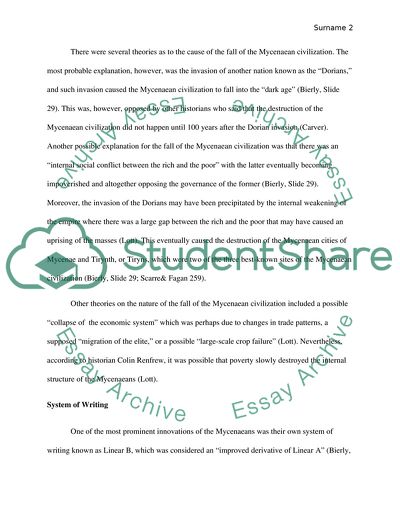Cite this document
(“Mycenaean Civilization Term Paper Example | Topics and Well Written Essays - 1750 words”, n.d.)
Mycenaean Civilization Term Paper Example | Topics and Well Written Essays - 1750 words. Retrieved from https://studentshare.org/anthropology/1447411-mycenaean-civilization
Mycenaean Civilization Term Paper Example | Topics and Well Written Essays - 1750 words. Retrieved from https://studentshare.org/anthropology/1447411-mycenaean-civilization
(Mycenaean Civilization Term Paper Example | Topics and Well Written Essays - 1750 Words)
Mycenaean Civilization Term Paper Example | Topics and Well Written Essays - 1750 Words. https://studentshare.org/anthropology/1447411-mycenaean-civilization.
Mycenaean Civilization Term Paper Example | Topics and Well Written Essays - 1750 Words. https://studentshare.org/anthropology/1447411-mycenaean-civilization.
“Mycenaean Civilization Term Paper Example | Topics and Well Written Essays - 1750 Words”, n.d. https://studentshare.org/anthropology/1447411-mycenaean-civilization.


